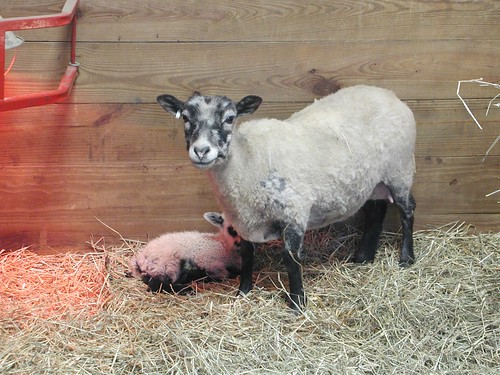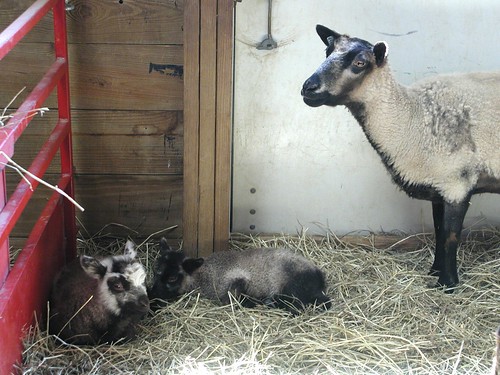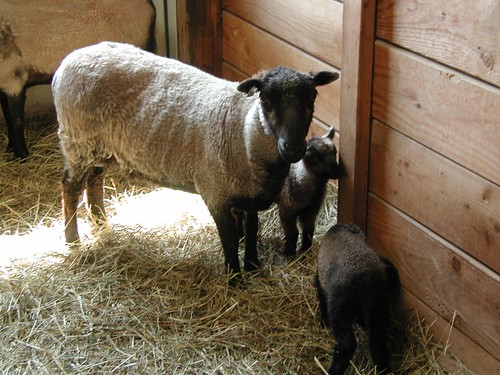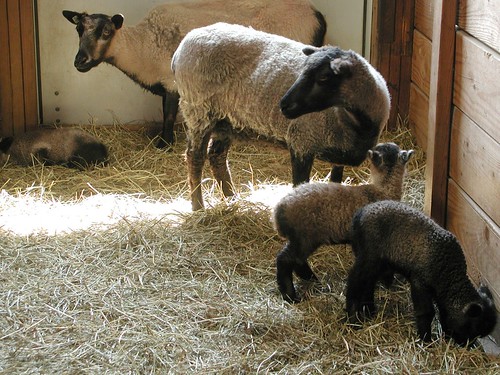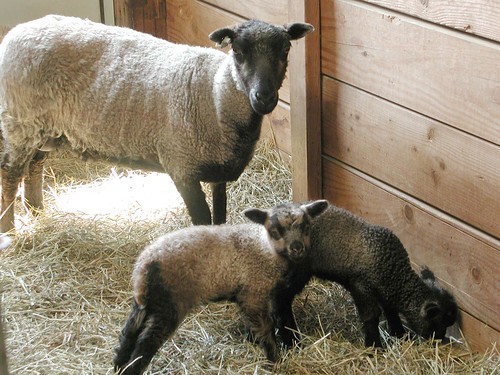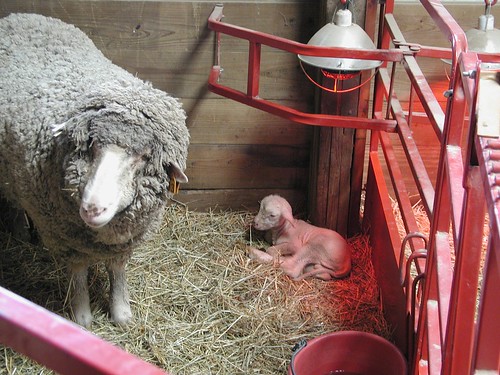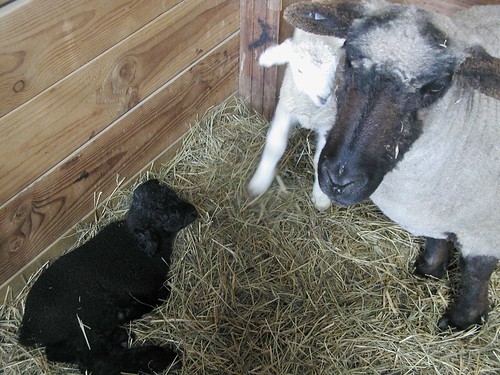
Lacy merino heirloom blankets are lovely, but this practical hooded cotton baby blanket is cute, cool, and machine-washable, making it a welcome gift for hot and sticky summer newborns. It’s a cute and cushy poolside wrap for baby, but it’s equally handy at bathtime, when the hood holds the wrap steady to help dry a wiggly baby. And toddlers love it as a play-time cape.
As for customizing, the pattern gives you plenty of room for leaving your own imprint with trim, pattern, and color. Trim with broken rib (shown), seed stitch, garter, picot edging, or multi-colored stripes. Use a single color, contrast trim, a million skinny stripes, or mom or dad’s team or school colors. And if all that stockinette makes your eyes cross, whip out your stitch dictionary and make the sampler version instead.
I used Lion Brand Cotton Ease, but any worsted machine washable cotton blend will work. (All-cotton will work, too, but the blend brings a little more bounce to the fabric).
Knitting for a winter baby? Make a cool-weather version in superwash merino like Karabella Aurora 8. For a winter version, when the added bulk will be appreciated, you could even work in your favorite Fair Isle pattern.
YARN
3 balls Lion Brand Cotton Ease (3.50 oz./100 g, 207 yd/188 m, 50% Cotton/50% Acrylic), all 3 the same, or 1 ball in contrasting color for trim, if you wish
NEEDLES
US 8 (5mm) 32″ or longer circular needle
Sharp yarn needle for finishing
SIZE
26 x 26 in (66 x 66 cm) with 8 in (20 cm) deep hood
GAUGE
16 st = 10cm (4 inches) in stockinette st
 PATTERN
PATTERN
Blanket
Plain (shown): CO 100 st. Work 24″/61 cm in stockinette st. BO loosely.
Sampler variation: Use your favorite stitch reference to select 2 – 16 different pattern stitches for your sampler. Select patterns suitable for 22 st (you can always flank the main pattern with a few columns of knit stitches if the number isn’t exact).
You can simply alternate checkerboard-fashion, between a patterned square and a stockinette square, or work every square with a different pattern. If you’re using several patterns, you might want photocopy the swatches from your reference book and arrange them in a 4×4 grid to make sure you’re pleased with your overall pattern.
C0 100.
Row 1 (WS): Knit.
Row 2 (RS): Purl.
Row 3 (WS), set up sampler grid: K3, PM, K 22, PM, K2, PM, K 22, PM, K2, PM K22, PM, K2, PM, K22, PM, K3. The markers designate your sampler squares, plus their dividing grid.
On Row 4 (RS), begin your sampler squares, purling all stitches outside of the 22-st blocks. Work each set of 4 squares until the square itself is 4″ (10 cm) tall, then work 3 rows in reverse stockinette (purls showing). Begin next set of 4 sampler squares, and repeat until you have a 4 x 4 grid, complete with final 3 rows of reverse stockinette. BO.
Hood Front
CO 39 st.
Work in stockinette throughout, decreasing as follows:
Every RS (knit) row: K1, ssk, k to 3 st from end, k2tog, K1
Every WS row: purl
When you have 5 st remaining, work WS (purl) row as usual, then this RS row: k1, sl 1, k2tog, psso, k1—3st.
BO.
With WS facing, seam hood to blanket corner with mattress st.
Sampler variation: substitute a patterned stitch of your choosing for the stockinette, maintaining the plain decreases and knit stitch at either edge.
Edging
With stockinette side facing, and starting in the corner opposite the hood, PU st all the way around the blanket. PU one st for every st along top and bottom of blanket and open edge of hood, and 3 st for every 4 rows along sides of blanket. As you go, place a stitch marker in each of the 3 blanket corners.
As you work, you’ll place an increase of your choice before and after each marker every other rnd.
Work edging of choice (broken rib shown) for 1 inch, then bind off.
Edging Suggestions: Broken rib, seed stitch, garter stitch, moss stich, picot edging, simple eyelet, etc.
Broken Rib:
Row 1: *K1 P1, repeat from *
Row 2: Knit.
Finishing
Weave in all ends. I prefer to use a sharp needle and split the yarn as I weave in the ends, as the cotton doesn’t have the nice fiber grab of wool. I work in one direction about an inch, then double back, working through the woven-in portion of my yarn end on my way back, to make it extra secure. If possible, hide the very end of the tail in a seam or picked up edge.
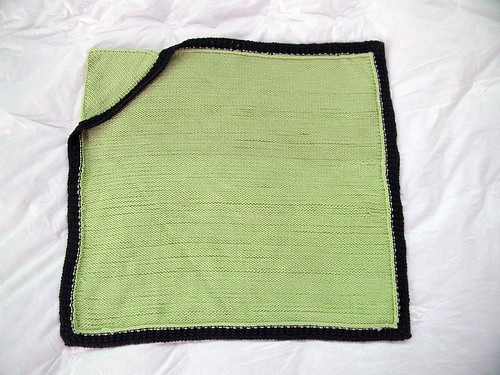

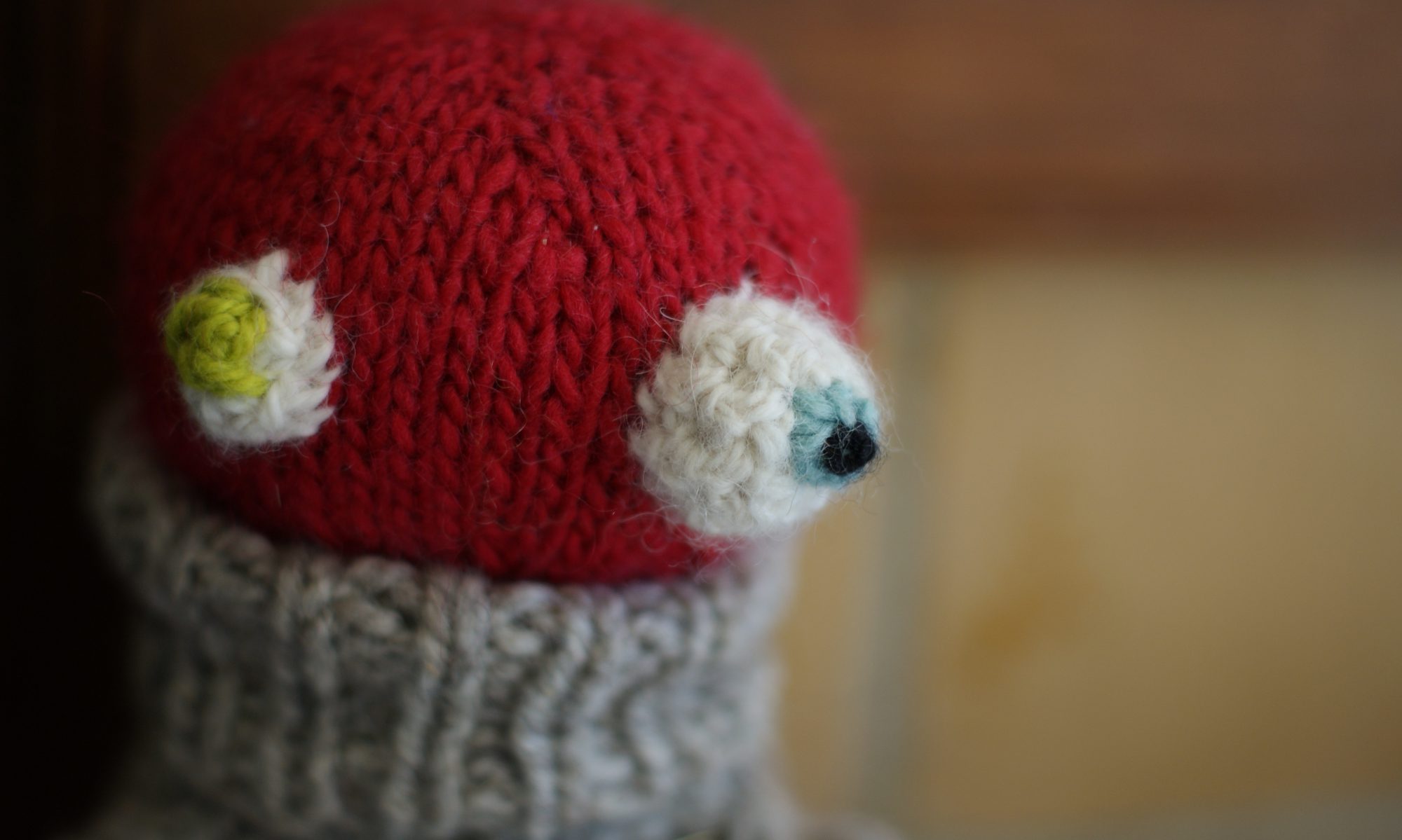
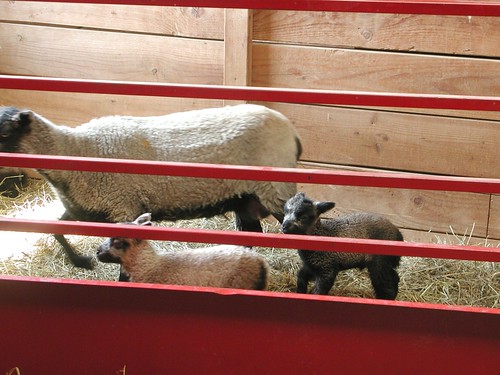


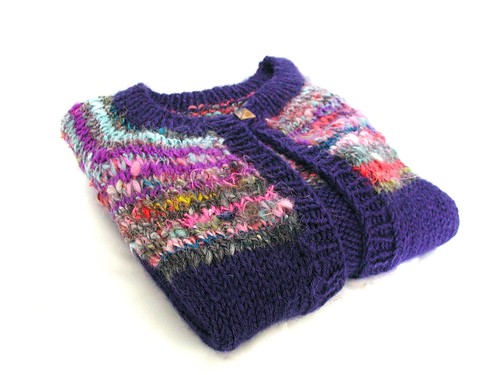
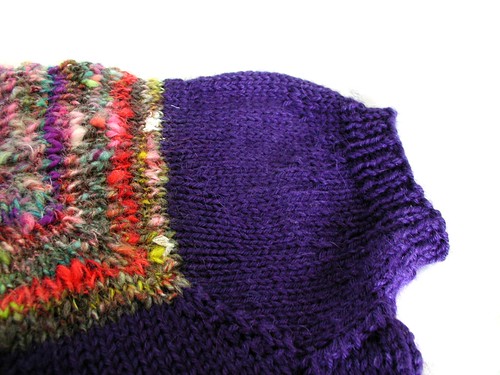

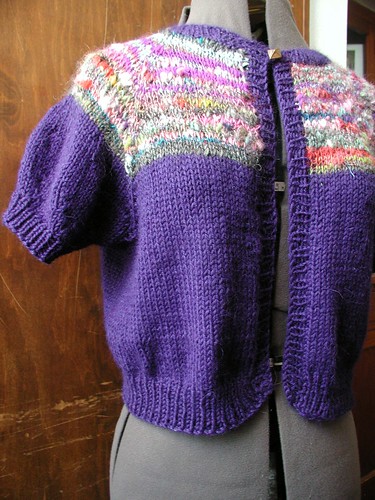

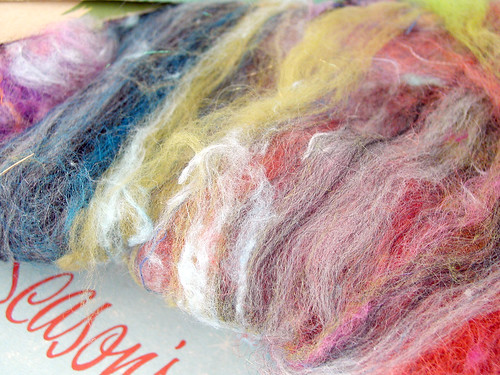
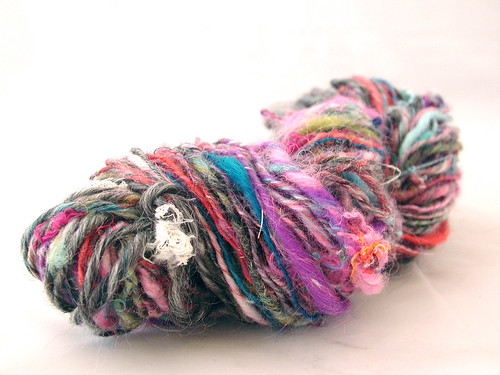

 PATTERN
PATTERN
